When a Formula 1 season has concluded, the final competitive meters for the car of that year are also over. But the challengers are not scrapped, not even by Mercedes who jokingly referred to the subject several times during the year due to disappointing performance.
But then what happens?
For 2023, after the chequered flag dropped at the Abu Dhabi Grand Prix, the cars remained at the Yas Marina Circuit for the annual post-season test, offering current and rookie drivers one final outing for the year - a valuable experience given the current limited testing in F1.
After that, the cars disappear under a sheet for some time, but not after a comprehensive service to ensure the longevity of the car. For just under two years they will not see the light of day, at least not for driving purposes as testing with recent material is not allowed.
Viewed by others:
F1 cars as museum pieces
As part of F1's testing regulations, cars that are older than two years may be allowed to be fired up and return to the track. This is often done to give drivers in development programmes experience in F1 machinery.
Ferrari also usually takes one of its older cars out onto the track at Fiorano during the winter break to give their drivers a boost ahead of the upcoming season, as well as gift a rookie driver mileage behind the seat of an F1 car.
But as years pass by, the cars will become outdated and no longer relevant as test cars, becoming too far removed technically from what F1 possess today.
The cars of the early 2010s are often used now in demo runs or at show events as fans are greeted by the sound of the screaming V8 internal combustion engine, a vastly different noise to the V6 turbo-hybrid power units of today.
And then there are the occasions that the classic F1 cars go under the hammer at an auction, allowing interested buyers the chance to own a piece of history - just last month, the 2013 Mercedes W04 car sold for a major price at an auction in Las Vegas.
The cars can also be spotted at various museums around the world, ensuring that they don't drop out of the public eye and become lost in history.
Don't miss out on any of the Formula 1 action thanks to this handy 2026 F1 calendar that can be easily loaded into your smartphone or PC.
Download the calenderMost read
In this article
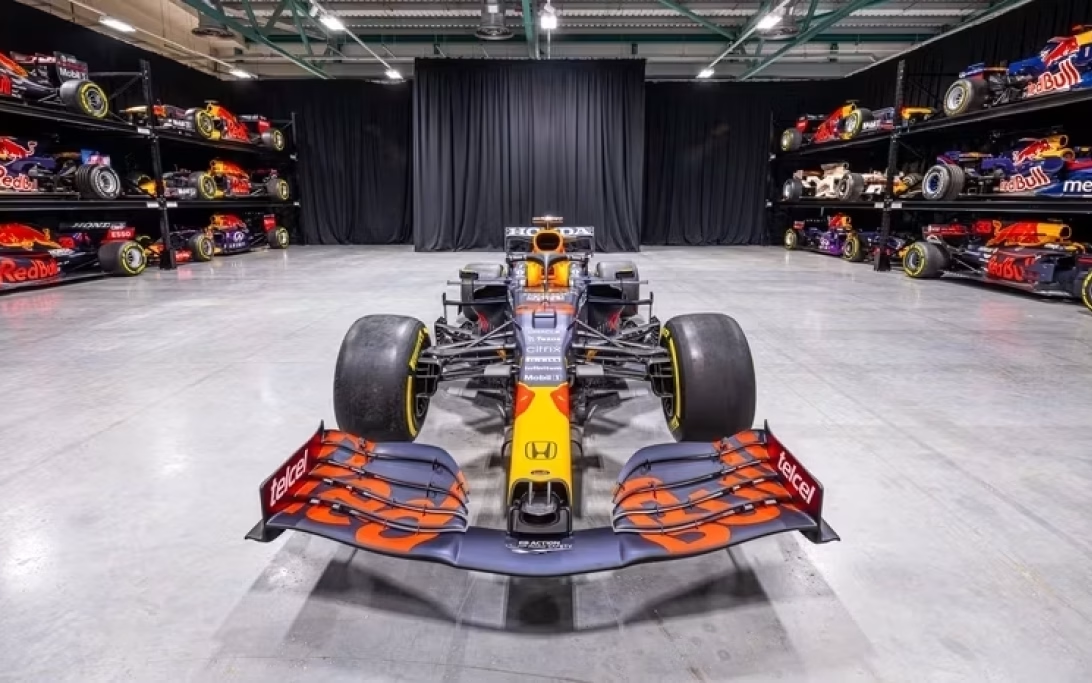
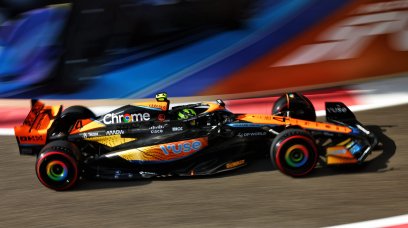
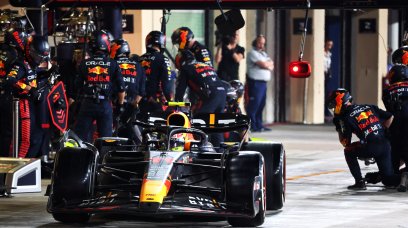
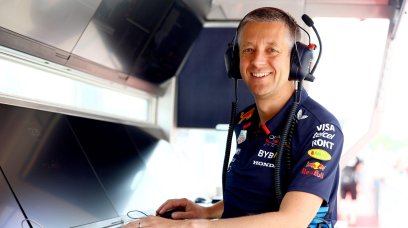
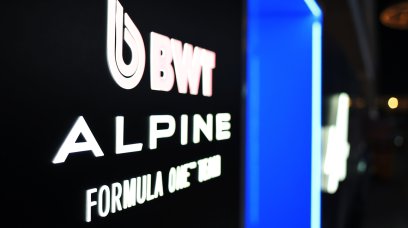
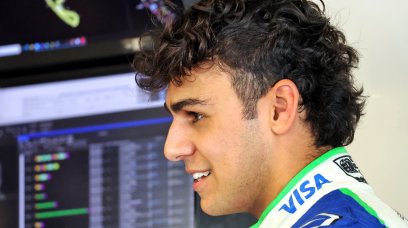
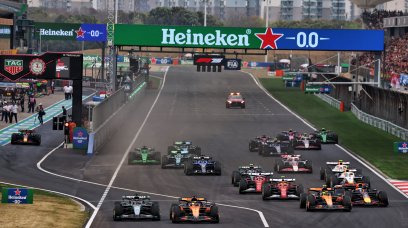




Join the conversation!